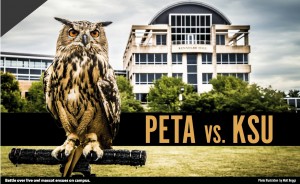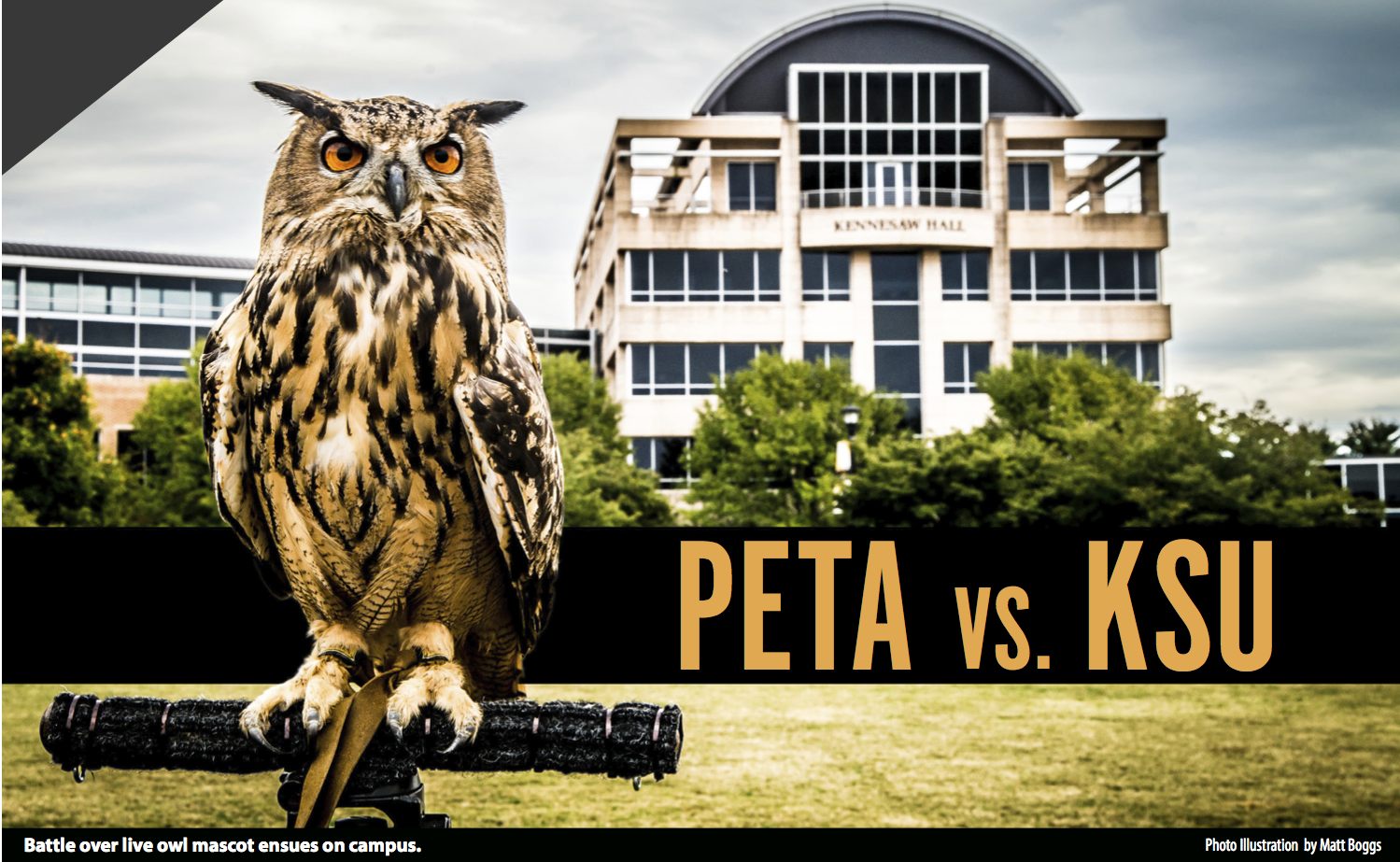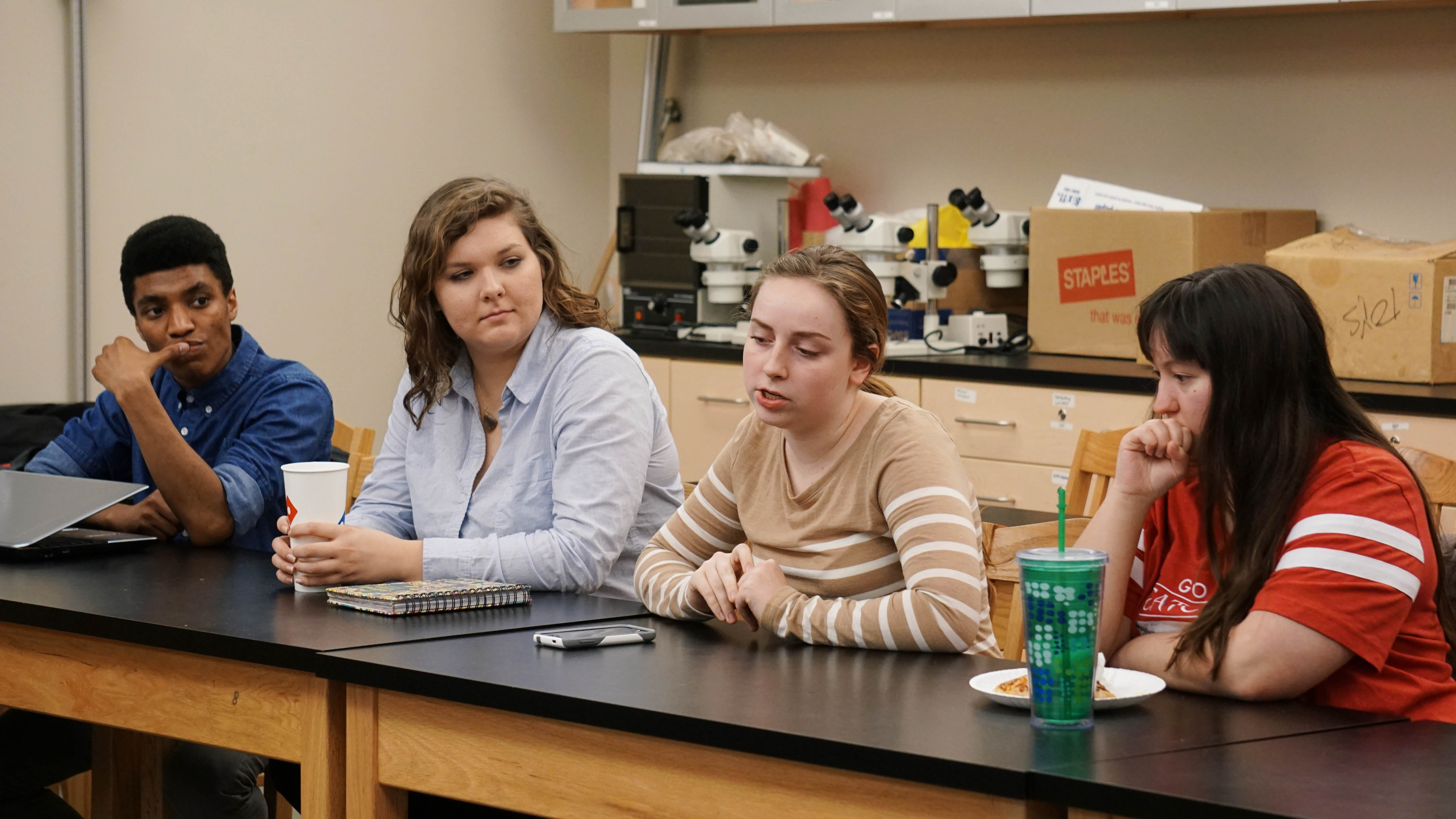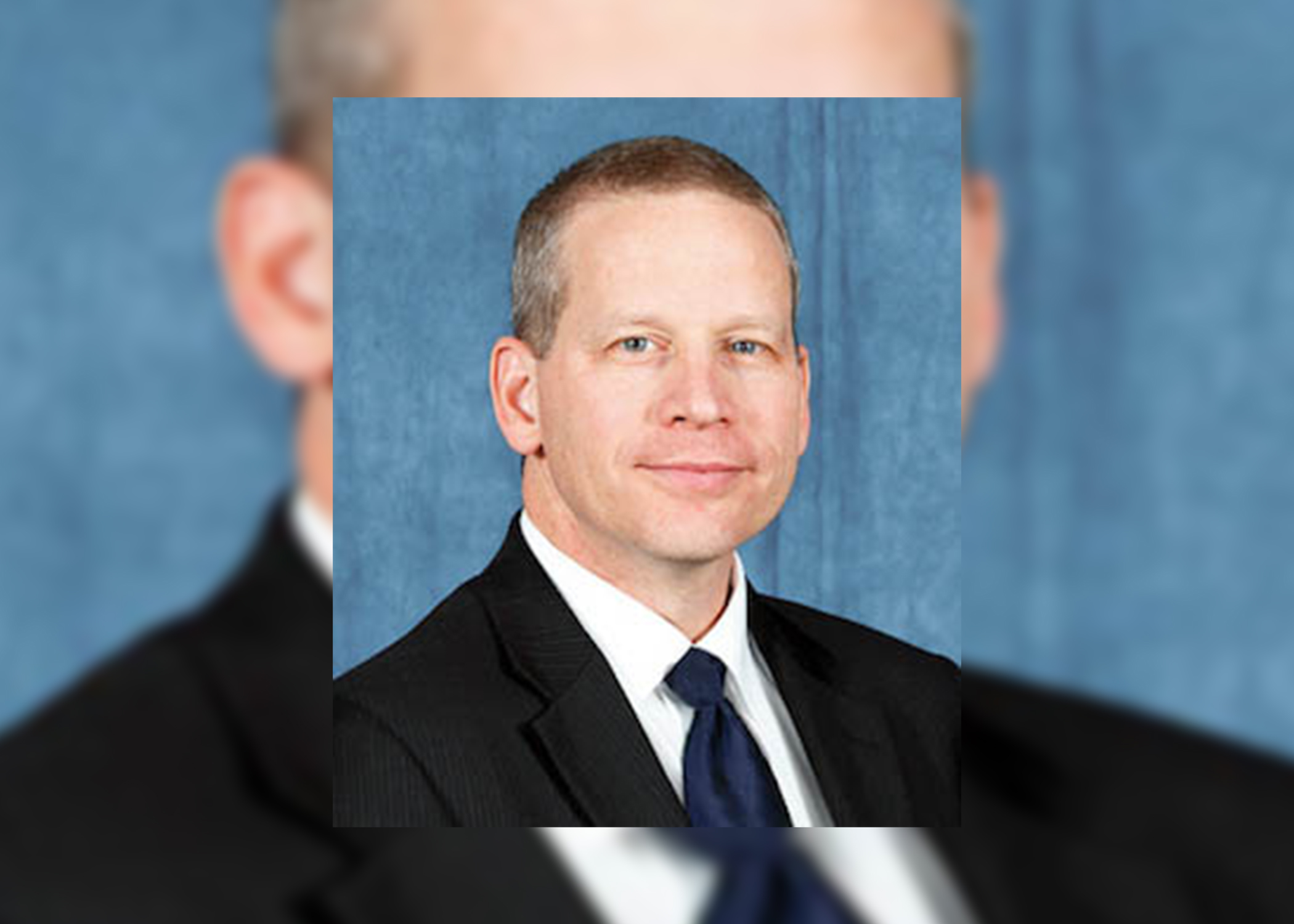
Daniel Lumpkin, News Editor
People for the Ethical Treatment of Animals posted a call for action Thursday on its website against KSU’s use of a live owl mascot.
In a news release, PETA claims that using a live owl instead of a human mascot endangers the life and well-being of the animal as well as places the animal in a “frightening and unnatural” environment. PETA has created an email campaign on its Action Alert website for people to voice their concerns to the university.
“An arena filled with bright lights, screaming fans, flashing cameras and loud noises is terrifying and distressing for animals,” Stephanie Shaw, a PETA special projects coordinator, said. “Animals that are kept as mascots are denied almost everything natural and important to them,” She said.
In response, KSU issued its original response letter to the media, dated Oct. 22, 2013. KSU Athletic Director Vaughn Williams said the original response to PETA’s call for action was used because the letter stands as the university’s response to PETA’s concerns.
“I really don’t have any further reaction,”Williams said. “We sent a letter based on their observation of our live owl mascot program and we responded and I think the letter says exactly everything that we wanted to communicate to PETA.”
PETA first voiced its concerns in a letter addressed to Williams on Oct.17, 2013, two days before Sturgis the Owl was introduced as the university mascot. In the letter, PETA sites several incidents in which animal mascots have been injured or killed at sporting events and concluded by urging KSU to not use Sturgis.
“Please continue to set an example for other universities by using humans in mascot costumes instead of live animals,” PETA Youth Outreach and Campaign Director Martha Holmberg wrote.
Williams, on behalf of KSU, acknowledged the concerns of the animal rights’ group in the university’s response letter and assured them that Sturgis’ health and well-being are the university’s primary concern.
“I assure you that KSU, and all within the Department of Athletics as well as everyone else at KSU are fully committed to Sturgis’ safety and well- being,” Williams wrote.
Williams also stated in the letter and in an interview with The Sentinel that Sturgis is an education tool for the public, as well as being the University’s mascot.
“This is a beautiful bird,” Williams said in the interview. “It stands for symbols of Kennesaw State as regards to its grace, its power, its vision, its strength [and] its beauty, and we plan on educating people about that.”
PETA responded with another letter on Jan. 4, 2014, urging the university to quit using Sturgis the Owl as a mascot.
“We’re glad to hear that his safety and well-being are priorities for KSU,” Marta Holmberg wrote, “and we urge you to do the right thing for him by retiring him as the school’s mascot and returning to the university’s tradition of using humans in mascot costumes instead.”
Holmberg agreed that children benefited from learning about animals but stated in the letter that zoo- like education displays were “ultimately ineffective in promoting conservation.”
Sam Fox, an owl expert for Wild at Heart, an award-winning bird of prey sanctuary in Cave Creek, Ariz., said she personally agreed with PETA’s concerns.
“Owls for mascots don’t have a good quality of life,” Fox said. “Any [mascot] bird that is overweight won’t come back to their handler. They are kept thin and on a starvation diet. If you let a bird fly, they won’t come back unless they know and are conditioned to come back.”
Other wildlife experts disagree with PETA and Fox’s position, however. Tim Keyes, a coastal bird biologist for the Georgia Department of Natural Resources, said the term “starvation diet” is an exaggerated way to describe ethical training methods.
“The term ‘starvation weight’ is a sensationalist way to call weight training,” Keyes said. “I wouldn’t call it starving or unhealthy. Weight training is just a way of making sure the [mascot] bird comes back to the trainer. I’m sure that Kennesaw State is taking all the necessary measures for the owl’s health and well-being.”
Sturgis’ handler, Daniel Walthers, was unavailable for comment, but master falconer and Georgia Southern University eagle handler Steve Hein sided with KSU and the university’s response to PETA.
“I applaud Kennesaw State’s actions to bring man and nature together,” Hein said. “I support Kennesaw’s position.”
Hein, who is the director of Georgia Southern’s Center for Wildlife Education, has been a wildlife professional for more than 30 years. He said he believes that organizations like PETA are important because they protect animals from abuse and mistreatment, but he disagrees with the animal rights’ group on the matter of Sturgis the Owl as KSU’s mascot.
“I respect PETA’s rights and opinions but feel [their stance on Sturgis the Owl] is not based in sound science.”
Vaughn Williams and Kennesaw State know PETA’s passion for animals could result in further action and perhaps demonstration on campus.
“We’re in a state institution and I think the liberties and freedoms of expression are lawful,” Williams said. “I have no problem with that. That’s the liberty and rights to many Americans on many issues and their beliefs and opinions and that’s part of being in higher education that we appreciate at a college campus. I will say this,” he added, “Sturgis isn’t at every game. Sturgis is used strategically, as he should be, and that was always the intent.”
All three letters between PETA and KSU are posted on The Sentinel’s website along with links to PETA’s email campaign, the Georgia Department of Natural resources, Georgia Southern’s Center for Wildlife Education, and Sturgis’ trainer, Daniel Walthers.



